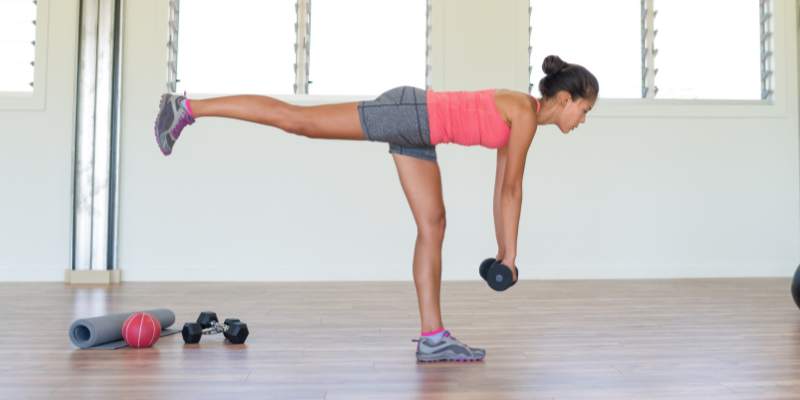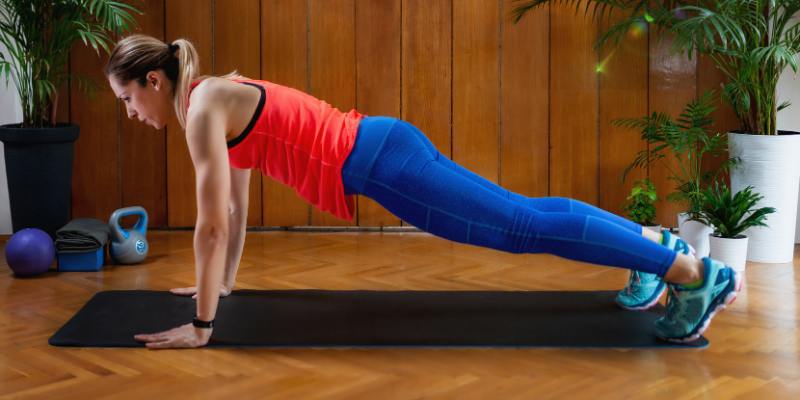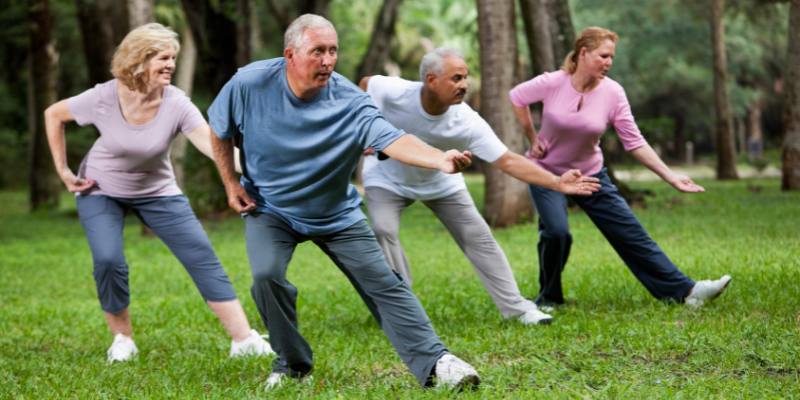10 Easy Ways To Move More And Avoid A Sedentary Lifestyle
A sedentary lifestyle can have serious health consequences, including weight gain, poor posture, reduced energy levels, and an increased risk of heart disease. Many people spend long hours sitting at desks, watching screens, or commuting, leading to muscle stiffness and reduced mobility. However, making small, simple changes to your routine can significantly improve your overall well-being.
You don’t need an intense workout; incorporating more movement into your day can make a difference. This article explores 10 easy ways to move more and avoid a sedentary life. Start taking small steps today to feel healthier, more active, and full of energy!
Take Short Walking Breaks:
Long hours of sitting can slow down your metabolism and lead to stiffness. To break the cycle of prolonged inactivity, take short walking breaks throughout the day. Set a reminder to stand up and walk for five minutes every 30 to 60 minutes. Walk around your office, home, or even outside. A brief walk improves circulation, increases focus, and prevents muscle stiffness. Walking regularly can also help lower blood pressure and maintain a healthy weight. If you work from home, quickly stroll outside to get fresh air and reset your energy levels.
Stand Up While Working:
If your job requires long hours at a desk, incorporating standing into your routine can make a huge difference. Using a standing desk or standing during phone calls and meetings can help reduce the adverse effects of prolonged sitting. Standing burns more calories than sitting and engages core muscles, improving posture and reducing back pain. If a standing desk isn’t an option, try using a high table for tasks like reading or brainstorming. Even small changes—like standing while checking emails—can help counteract the effects of a sedentary lifestyle.
Stretch Regularly to Stay Flexible:
Sitting for extended periods can lead to muscle tightness, especially in the neck, shoulders, and lower back. Stretching throughout the day improves flexibility, reduces stiffness, and enhances blood flow. Incorporate simple stretches such as shoulder rolls, neck tilts, hamstring stretches, and spinal twists. Try a quick routine every few hours to relieve tension. Stretching also helps with posture correction, preventing everyday aches and pains associated with desk jobs. Adding deep breathing to your stretching can further relax your body and refresh your mind, making you feel more alert and productive.

Take the Stairs Instead of Elevators:
An easy way to incorporate movement into your daily routine is by choosing stairs over elevators whenever possible. Climbing stairs strengthens leg muscles, boosts heart health, and improves stamina. Even if you work in a multi-story building, consider taking the stairs for at least part of the journey. If you live in an apartment, walk up a few flights instead of taking the lift. This simple habit can help you burn extra calories and keep your body active throughout the day.
Walk or Cycle for Short Trips:
Instead of driving for short distances, try walking or cycling whenever possible. Walking to the grocery store, a nearby café, or a friend’s house adds more movement to your day. If you use public transportation, consider getting off one stop early and walking the rest. If cycling is an option, it’s a great way to increase your daily physical activity while benefiting your heart and lungs. Active commuting keeps you fit, helps reduce stress, and improves your mood.
Turn Household Chores Into Exercise:
Household tasks can be a great way to stay active without scheduling a separate workout. Cleaning, vacuuming, gardening, and washing your car require movement and effort. Turn chores into mini-workouts by increasing intensity—vacuum faster, scrub harder, or add squats while picking up laundry. Even simple tasks like cooking or doing the dishes involve standing and light activity, which is better than prolonged sitting. Dancing while cleaning or playing upbeat music can make these activities more enjoyable.
Try Desk Exercises for Quick Movement:
For those with desk jobs, desk exercises can keep your body engaged even while working. Simple movements such as leg lifts, calf raises, seated marches, and shoulder shrugs can help improve circulation and prevent stiffness. You can also do wall push-ups and triceps dips using your chair or stretch your legs under your desk. These exercises take just a few minutes but make a big difference in maintaining flexibility and reducing muscle fatigue.

Make Physical Activity Enjoyable:
Moving more doesn’t have to feel like a chore. Find activities you enjoy that naturally incorporate movement. Whether dancing, hiking, playing a sport, or joining a fitness class, making exercise fun increases consistency. Even recreational activities like playing with pets, flying a kite, or going for a nature walk help keep you active. Engaging in enjoyable physical activities makes staying committed to an active lifestyle more manageable and reduces the feeling of forced exercise.
Walk While Talking on the Phone:
A simple yet effective way to increase movement is to walk while talking on the phone. Whether on a business call or catching up with a friend, pacing around instead of sitting can help you accumulate extra steps. Walking on the phone is easy to stay active without additional time. This habit can significantly boost your daily movement levels if you have long calls during the day.
Set Movement Goals and Track Progress:
Setting movement goals keeps you accountable and motivated. A step tracker, smartwatch, or mobile app can help you monitor your activity levels. Aim for at least 10,000 steps daily or set reminders to stand and stretch every hour. Small achievements, like adding 500 extra steps daily, make a difference. Celebrate progress by rewarding yourself when you hit movement milestones. Tracking progress helps build consistency, making movement a regular part of your lifestyle.
Conclusion
A sedentary lifestyle negatively impacts physical and mental health, but small daily changes can make a huge difference. Incorporating walking breaks, stretching, using stairs, active commuting, and fun activities into your routine helps keep your body engaged and energized. Moving more doesn’t require drastic changes—just simple habits that add up over time. The key is to stay consistent and find enjoyable ways to be active. Start taking small steps today and experience the benefits of a healthier, more active life. The more you move, the better you’ll feel. Don’t wait—take action now and prioritize your health!











